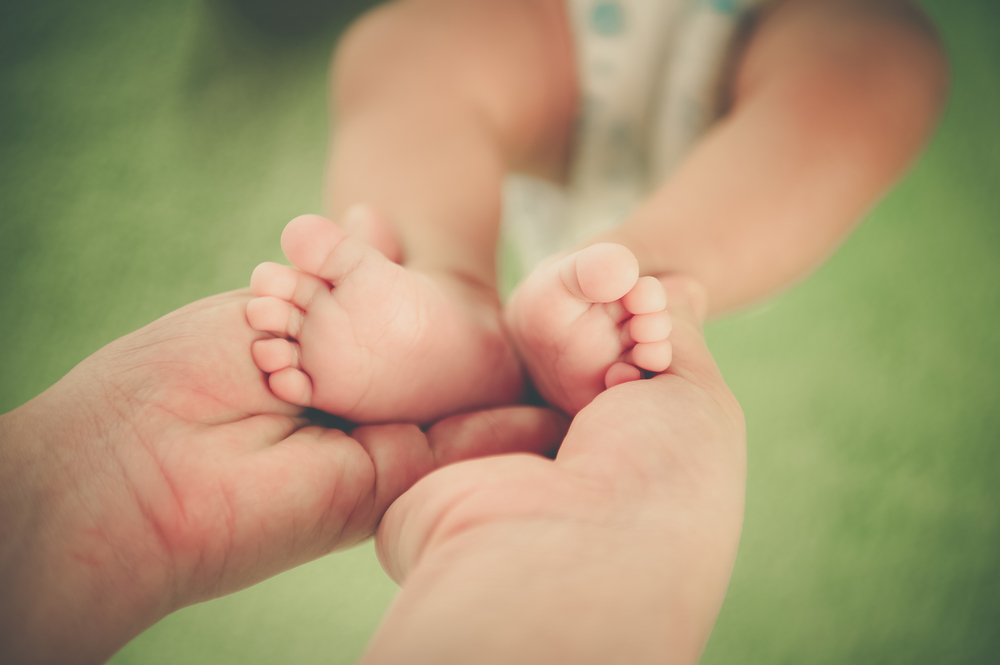Thomas Gray’s life only lasted six days after his birth, but five years later, he is still making a remarkable difference in the world. His family recently took a journey across several states to discover just how much of an impact their son is having – and the story will leave you in tears. To tell it, we have to start at the beginning.
Sarah and Ross Gray were expecting identical twin boys when they were told that one of the boys had anencephaly, and was missing part of his brain. He would die at birth. Heartbroken, the Grays decided to carry both boys to term.
As reported by Philly.com, on March 23, 2010, Thomas and Callum Gray were born in Virginia. Callum was completely healthy; Thomas was just as doctors had diagnosed. Not knowing how long they had with Thomas, Gray and her husband treated him as any other child. They nursed him, held him, loved him, and had him for six days outside of the womb —but then they gave him to the world.
While still pregnant, Gray had researched organ and tissue donation. A few hours after his death, Thomas’ eyes and liver, along with umbilical cord blood from both boys, were donated to science. The couple, however, didn’t know exactly how their son’s precious donations were being used, so Gray set out on a mission.
Gray contacted the Schepens Eye Research Institute in Boston – affiliated with Harvard Medical School – where Thomas’ corneas were sent. She asked for a tour, and met with Senior Scientist James Zieske. While there, Gray learned that the eyes of infants are extremely important to researchers because of their strong regenerative properties. She also discovered that Thomas’ corneas were used in research that could someday help cure corneal blindness.
Next, Gray and her family went to the Duke Center for Human Genetics. They learned that despite being identical twins, the cord blood from the boys had differences. This discovery could someday help prevent anencephaly in other babies.
The family them traveled to Cytonet, a biotech company that used Thomas’ liver to determine the best temperature for freezing liver tissue.
The couple thought their journey would end there, however, Gray learned at a conference that the Old Dominion Eye Bank in Virginia had shipped Thomas’ retinas to Philadelphia. She was shocked that she never knew this, and immediately contacted the University of Pennsylvania.
She discovered that the university had used the donation to help in research for a cure for retinoblastoma, the most common form of eye cancer in children – but there was more. A few days after learning this, Arupa Ganguly, a genetics professor at the Hospital of the University of Pennsylvania contacted Gray.
“It is almost impossible to obtain normal retina from a child,” Ganguly wrote. “The sample from Thomas is extremely precious for us.”
Ganguly and the Gray family met last week in person. The couple had the opportunity to view the log book with the handwritten note, marking the arrival of Thomas’ retinas at the lab. They also received a copy of the Fed Ex packing slip, which Gray told Philly.com she would “treasure like a war medal.”
Thomas’ retina tissue is so rare that Ganguly and her team have saved it for future research. Five years after their son died, he is still helping science search for cures.
“The way I see it,” Gray told Philly.com, “our son got into Harvard, Duke, and Penn. He has a job. He is relevant to the world. I only hope my life can be as relevant.”







